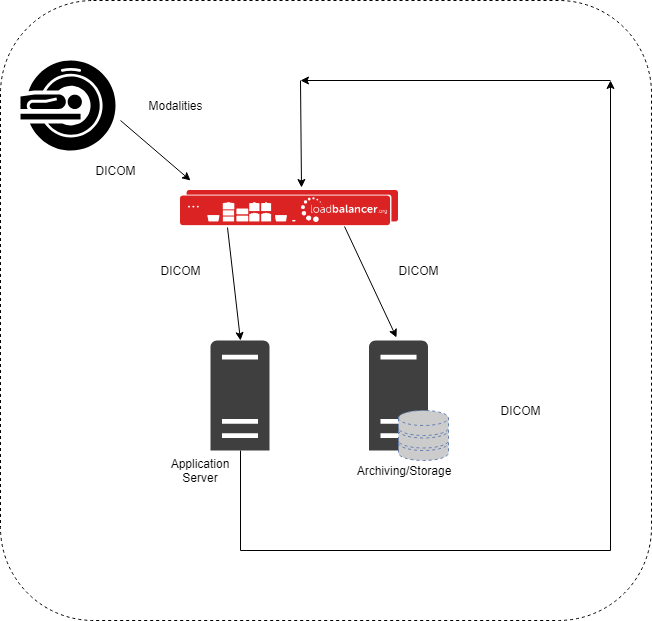
Have you ever looked at the plan for installing a medical imaging system and felt like screaming?
I've seen some pretty scary looking network diagrams, sometimes this is because a lot of the kit is running on old standards, but very expensive to replace (think MRI scanners). One of the first things you should do is try and get each member of the team to simplify, simplify, simplify!
I'll get on to talking about NTP shortly, but first a bit more background information:
Medical imaging has come a long way in the last couple of decades, modalities (posh word for any medical imaging device) are improving all the time - and so has the way we handle storage and access data. The aptly named VNA (Vendor Neutral Archiving) has taken us one step closer to the goal of an open standard for medical archiving. The older PACS(Picture archiving and communication system) has a reputation for being out of date and proprietary. Personally, I've seen some great PACS implementations but I am pleased to see medical imaging systems becoming less proprietary.
VNA has encouraged many hospitals to improve their existing solution or even replace it entirely - to take advantage of new modalities and better service availability.
So where does load balancing fit in to this new world?
Anyone wanting to build a resilient and highly available PACS or VNA solution will have 3 application delivery issues that need resolving:
- How do you distribute traffic between servers for high availability?
- What level of health checking is required to properly validate a server's availability?
- How do we go about performing maintenance on these servers without downtime?
Any load balancer or ADC (Application Delivery Controller) can help you with this:
But dare I suggest that you should work with an expert?
Loadbalancer.org have been specialising in medical imaging systems for over a decade now. We've worked with medical institutions around the globe from large hospital groups to small independent medical centres. You might also appreciate the fact that we are used to working closely with 3rd parties such as Carestream, Lexmark & Delft DI...
Obviously any load balancer vendor can happily load balance all the required components including DICOM, HL7 and others such as XDS. However we can write custom health checks specific to your environment checking availability of servers as well as other backend systems such as REST servers, databases and storage. We obviously offer you the ability to place a server in “Drain” or “Halt” mode helping you perform maintenance gracefully without downtime.
This expertise and experience allows us to assist in creating highly available medical imaging solutions which can offer near 100% uptime.
Example diagram, load balancing DICOM traffic:

Our most recent deployment was certainly a lot more complex than the above image. It spanned 3 physical locations connected by a metropolitan area network (MAN) and also utilized a stretched VLAN providing the same subnet across all locations.
The biggest challenge was making sure that all components get health checked, you don't want to be sending studies to a specific site that may have component failures on the storage layer or other parts of the system.
To solve this we created multi-tiered manual health checks that confirm not only the availability of the load balanced components but also the database servers, storage layer and other required backend systems that will be needed for a study to be handled correctly.
Another problem that we were able to solve was providing NTP servers, this may seem like an odd job for the load balancer, but it wasn't recommended by the PACS vendor to use a Microsoft domain controller for network time. The load balancer (which you have at least two of) was able to fill this gap using ntpd on the appliance which was acceptable to the vendor and saved the end user money!
What this shows is the flexibility of our appliance teamed with the knowledge of our support team allows us to think outside the box creating a tailored solution for each project we work on.
Should you have a project in mind it’s best to contact our sales team will be happy to assist from project planning through to deployment.
NB. This blog previously used an image courtesy of Teleradiology Software.














